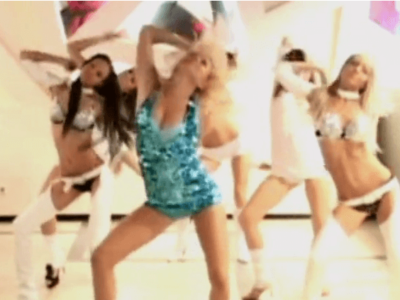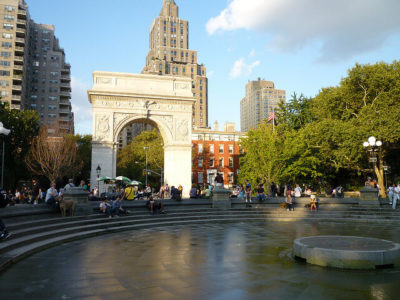Stemming from a line of multimedia breakthroughs, video art is sweeping the nation, making artists and art aficionados wonder what new technology-based medium will flood the art world next.
Ranging from the peculiar and experimental—Fran et Jim, creator of Training Doors, and Mikey Peterson, the architect behind Ana Nebula—to the sensitive and flashy—artists like Allison Foust with recent phenomena like the series Grandpa & Eddie— to the political and, often times offensive—Ian Paul with Hope Relay or Tim Schwanemann’s Democracy Is—video art has expanded to incredible lengths over the past few years.
“As the world continues to grow into a global online community, with just a webcam or iPhone, anyone can videotape themselves in the privacy of their own bedroom and upload it to a potentially unlimited audience,” commented artist Allison Foust about her new piece called the Yin to her Yang. “I chose to use only footage from YouTube to reflect this shift in our cultural paradigm, along with a certain collective egocentricity that comes along with our newfound, personal celebrity status.”
In fact, contrary to the normal anti-conformist association that has convoyed video art since the days of Andy Warhol experiments, video art has become more mainstream. “All my art friends are starting in on cinematography,” said Tori Jo, a junior at Kent State. “It’s becoming a kind of awesome mixture … It’s art that moves.”
Nowadays, video art is part of commercial advertising and is even prominent on crucial social networks like YouTube. The shift from sugary, flashy ads to aesthetic satisfaction is inspiring, some say. Boston University freshman Tony Sancelli commented, “I love it, sometimes the commercials on TV are more like art than advertisements.”
However, the new medium is not having the same effect on all college students; some students, like Jeff Haake, freshman at Georgetown University, are unimpressed. “Video art is a genre of art simply because of shock value. It plays off of our emotions,” Jeff said. “It depends on a reaction rather than a creative process.”
So, video art dances the fine line between up-and-coming singularity and irritating phenomenon. The art world will just have wait patiently as the networking world decides whether is video art fresh enough to become a new medium or if it is this just another passing ship in the thick, complex globe that is the art realm.



















